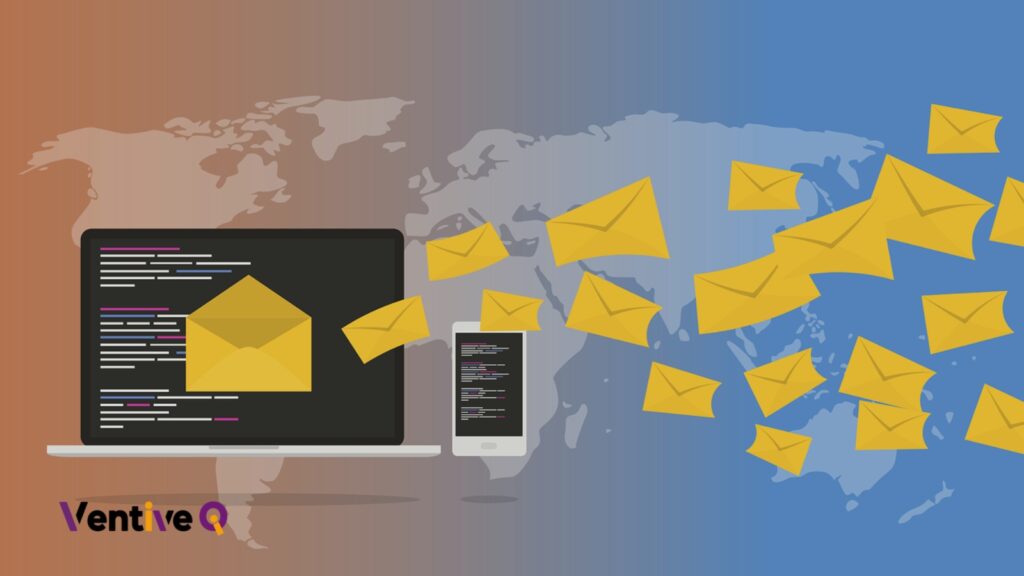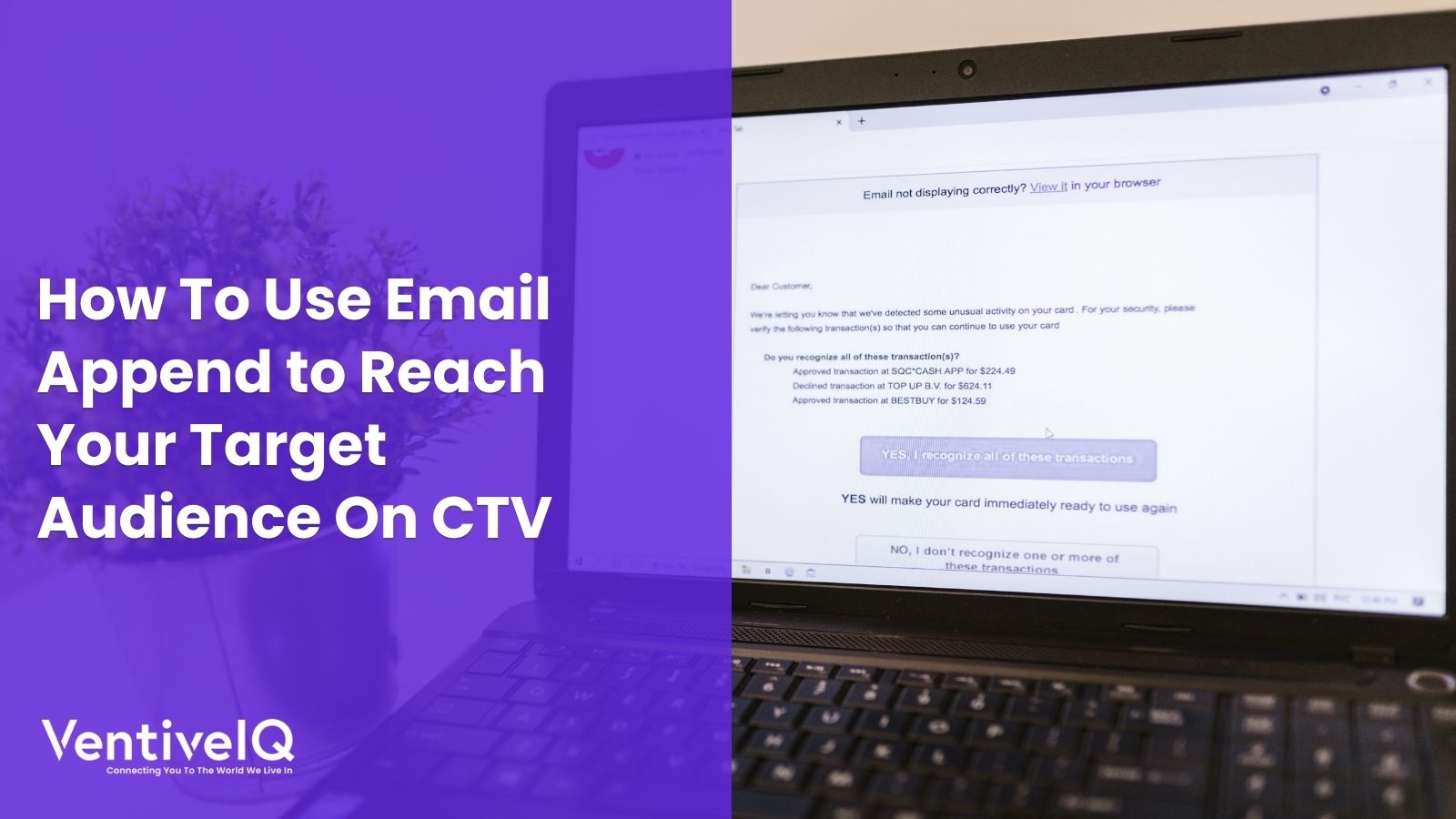Email automation is a powerful tool for businesses looking to streamline their communication efforts and improve their overall efficiency. By automating various aspects of email marketing, businesses can save time and resources while delivering personalized and targeted content to their audience. In this article, we will discuss the benefits of email automation and how to use it for maximum effectiveness.
Top 5 benefits of email automation
Managing email campaigns can be time-consuming and resource-intensive, which is why many businesses are turning to email automation. In this blog, we will explore the benefits of email automation and how businesses can leverage this tool to drive success.

1. Save Time and Resources
- One of the primary benefits of email automation is the ability to save time and resources. Instead of manually sending out emails to individual contacts, businesses can automate the process using email marketing software. This software can be programmed to send out emails at specific times, trigger-based on user actions, and even personalized with the recipient’s name and other details.
- By automating the process, businesses can free up valuable time for other tasks and reduce the workload of their marketing team. This allows the team to focus on more important tasks like creating content, analyzing data, and developing new strategies.
Know more about what is data cleansing and why is it important.
2. Increase Efficiency
- Email automation can also increase efficiency by allowing businesses to send targeted messages to their audience. By segmenting their email list based on user behavior, businesses can deliver relevant content to their subscribers, increasing the chances of engagement and conversion.
- For example, if a subscriber has shown interest in a particular product or service, businesses can use email automation to send targeted messages related to that product or service. This approach increases the chances of the subscriber making a purchase or taking another desired action.
3. Improve Customer Experience
- Email automation can also improve the customer experience by delivering personalized content to subscribers. By using data like the recipient’s name, location, and previous purchases, businesses can create messages that are tailored to their specific interests and needs.
- This personalization can help build trust and loyalty with subscribers, leading to increased engagement and conversion rates. By providing valuable content that resonates with the recipient, businesses can establish themselves as trusted source of information and resources.
What to learn more about how to leverage customer data.
4. Automate Lead Nurturing
- Email automation can also be used to automate lead nurturing, a process that involves building relationships with potential customers over time. By using email marketing software, businesses can send a series of targeted messages to leads based on their behavior, moving them through the sales funnel toward a conversion.
- For example, businesses can send an introductory email to a new lead, followed by a series of educational messages that provide value and build trust. As the lead becomes more engaged, businesses can send targeted messages that encourage them to take action, such as making a purchase or scheduling a consultation.

5. Monitor and Analyze Results
- Another benefit of email automation is the ability to monitor and analyze results in real time. By using email marketing software, businesses can track key metrics like open rates, click-through rates, and conversion rates, allowing them to make data-driven decisions about their email marketing strategy.
- This data can also be used to improve the effectiveness of email campaigns over time. By analyzing the results of previous campaigns, businesses can identify areas for improvement and make adjustments to future campaigns, leading to increased engagement and conversion rates.
How to Use Email Automation for Maximum Effectiveness
To use email automation for maximum effectiveness, businesses should follow these best practices:
1. Define Goals and Objectives
Before implementing email automation, businesses should define their goals and objectives. This will help them create targeted messages that align with their overall marketing strategy and deliver results. For example, the goals could be to increase sales, improve customer engagement, or nurture leads toward a conversion.
2. Segment Your Audience
Segmenting your email list based on user behavior and interests is essential for delivering targeted messages. By creating segments, businesses can deliver personalized content that resonates with the recipient, leading to increased engagement and conversion rates. Segmentation could be based on factors like demographics, user behavior, or previous purchases.
3. Develop a Content Strategy
Developing a content strategy is crucial for creating valuable and engaging messages. Businesses should focus on creating content that provides value to their subscribers, whether it’s educational, informative, or entertaining. The content strategy should align with the goals and objectives defined earlier.

4. Automate Lead Nurturing
Lead nurturing is a crucial part of the email automation process. Businesses should develop a series of targeted messages that educate, inform, and build trust with leads over time. These messages should be triggered based on user behavior, such as opening an email or visiting a website.
5. Use Personalization
Personalization is essential for delivering messages that resonate with the recipient. Businesses should use data like the recipient’s name, location, and previous purchases to personalize messages and make them more relevant. Personalization can also be used to send targeted messages based on user behavior or interests.
6. Test and Optimize
Testing and optimizing email campaigns is crucial for improving their effectiveness over time. Businesses should test different elements of their campaigns, such as subject lines, content, and calls to action, to identify areas for improvement. By analyzing the results of previous campaigns, businesses can make data-driven decisions about their email marketing strategy.
7. Monitor and Analyze the Results
Monitoring and analyzing results in real-time is crucial for making data-driven decisions about email marketing campaigns. Businesses should track key metrics like open rates, click-through rates, and conversion rates, and use this data to optimize future campaigns for maximum effectiveness.
Unlock the power of targeted advertising with VentiveIQ’s MAID database. With over 2 billion unique mobile advertising IDs, we help you reach the right audiences on their preferred devices.
Conclusion
Email automation can significantly enhance the efficiency and effectiveness of your email marketing campaigns by automating repetitive tasks and delivering personalized messages to subscribers. To maximize its benefits, establish a clear strategy and goals, regularly analyze performance metrics, and refine automation workflows. With the right approach, email automation can revolutionize your business, helping you achieve your marketing objectives, grow your audience, and drive conversions.



